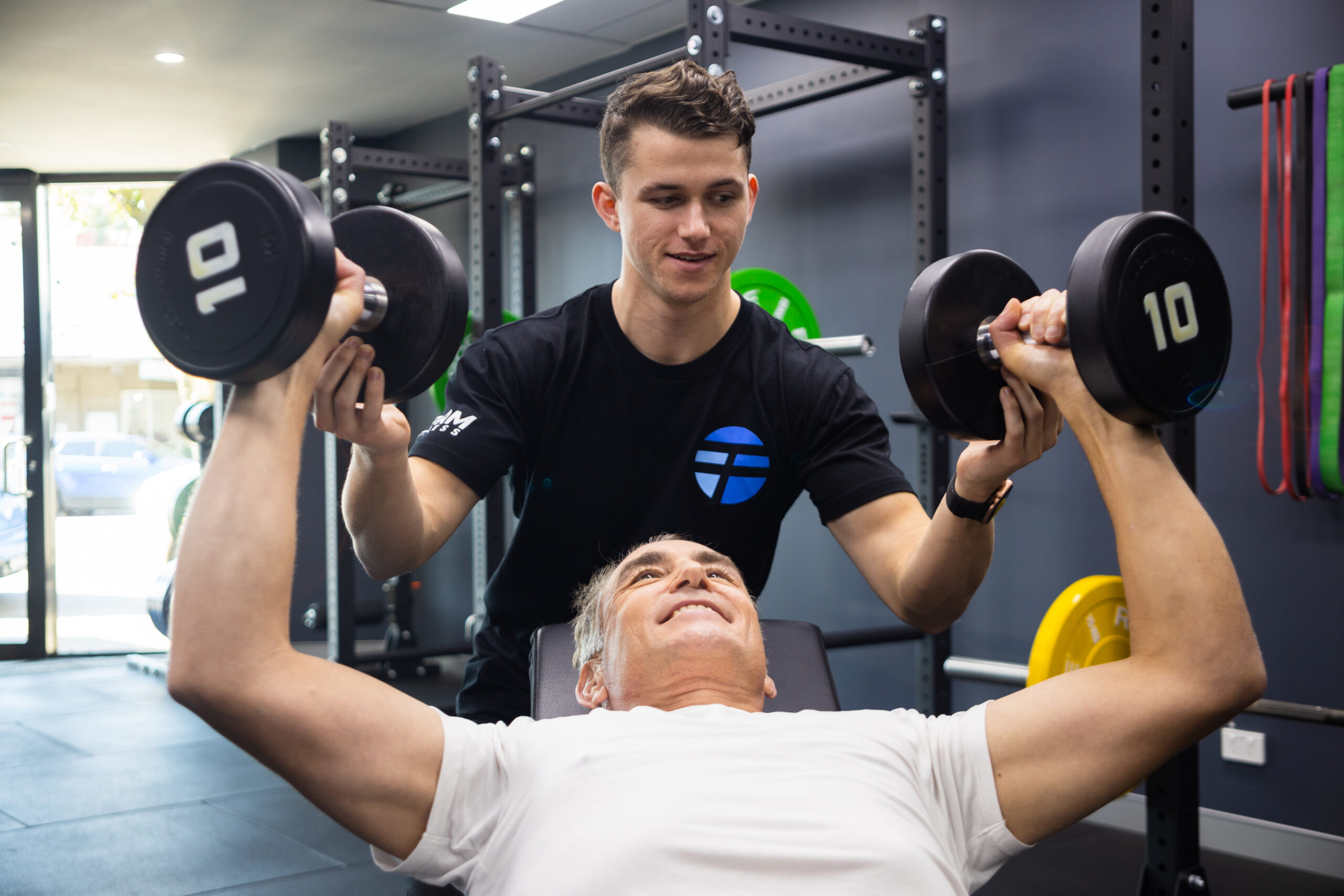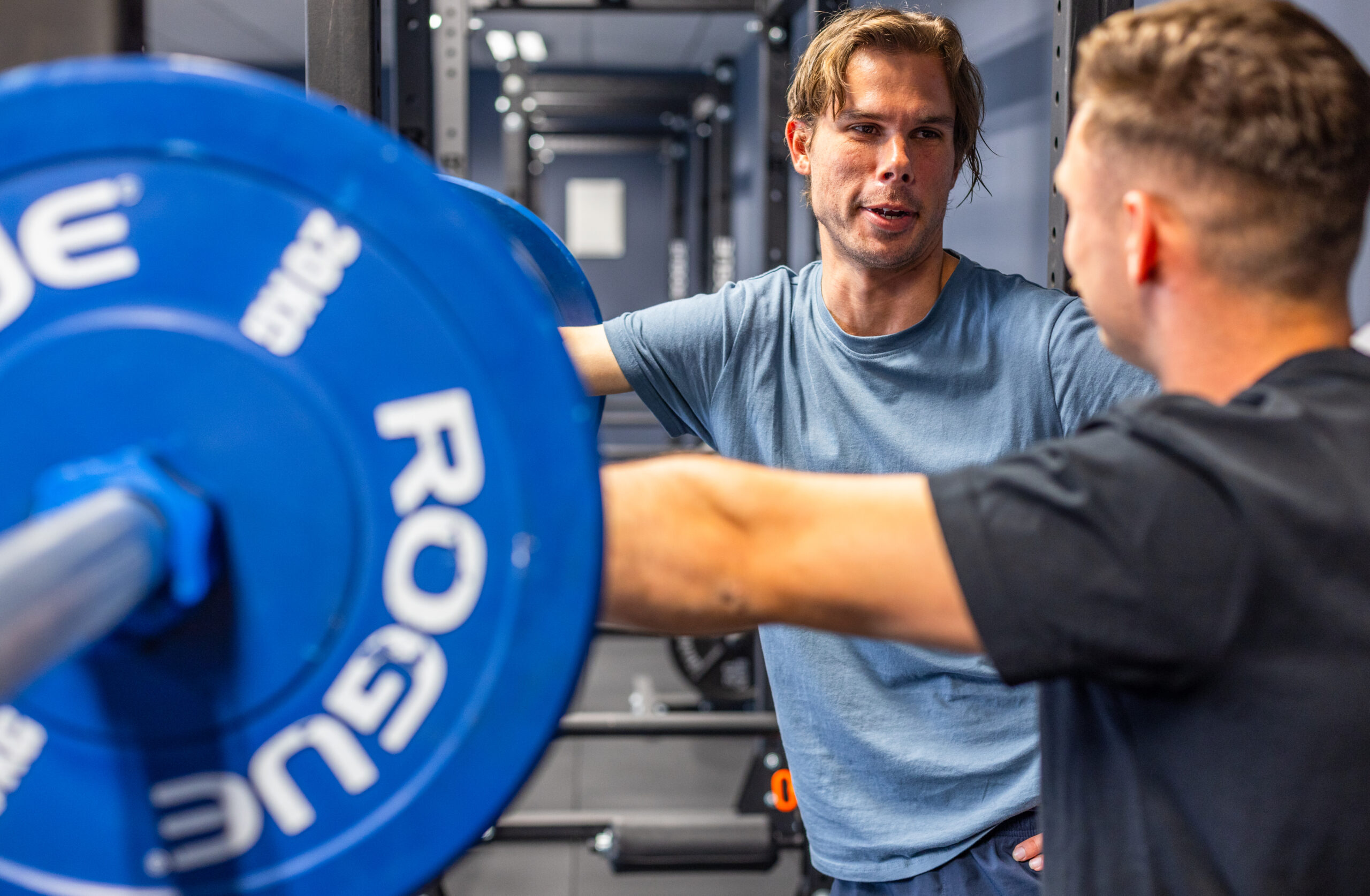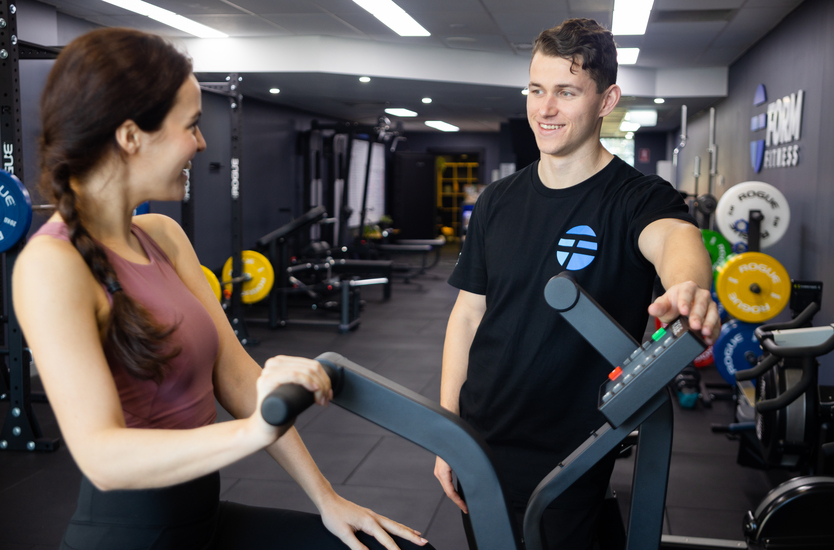Strength training is more popular than it’s ever been. Which is great. More people are realising just how beneficial it can be, and since it’s gaining so much momentum there are heaps more information available on how and why strength training is so effective*.*
Which makes it easier to get started, right?
Not… necessarily. In fact, more information usually leads to more confusion.
For example, it can make it hard for you to know where to start with strength training. There are so many exercises that you never know what to do or if you’re using the right technique.
Then once you’ve actually started, there’s always someone telling you that there’s a better way to train and that, “you’re not getting results because you’re not doing [insert some crazy exercise here]”. You feel like success is always right around the corner, but only if you switch up your training to include the latest rep scheme, the best new diet, or the new “holy grail” exercise.
With so many options, it’s hard to choose one and stick to it.
And the problem is, the number one reason we see people failing at their goals is because they’re not being consistent.
The fastest way to achieve your dream results is to do the basics, do them really well, and be consistent with them over time. So, in this blog, instead of telling you a million things you shouldn’t be doing or teaching you the latest training craze, we’re going to run through some of the absolute basics of training.
This is the advice we would give to anyone who wants to start lifting weights or is currently lifting but unsure of their direction with training.
The basics are:
- Exercises
- Sets & reps
- How hard you should train
- How you should warm up
Let’s start with which exercises should you do
Now, regardless of your goal, you’re going to get the best results from basing your training around compound exercises (like squat, bench press, deadlift, overhead press, weighted rows, and pulldowns/pullups).
Single-joint exercises (like hamstring curls, leg extensions, and bicep curls) are great inclusions, but generally speaking they shouldn’t be the only exercises you perform.
Choose a few compound exercises per body part, and a few single-joint exercises per body part, then progress those exact exercises consistently for at least a few weeks before you change them up. You should also make sure you’re balancing your training out across the week so you build a proportionate body – train your back as much as you train your front; train the upper AND the lower body; and balance your left and right with some unilateral exercises.
Now.. How many sets & reps?
Let’s simplify this. You don’t have to stick to 8-12 reps for the rest of your life.
If your goal is to build strength, you can’t go wrong with 3-5 sets, and 3-8 reps per set (usually the higher the reps the fewer the sets, and vice versa). Make sure the reps are good quality and your technique is not breaking down.
To build muscle, you can do anything from 5-30 reps per set (as long as they’re challenging reps), and a good starting point is to aim for about 10 challenging sets per muscle group, per week.
For example, 4 challenging sets of dumbbell shoulder press + 3 challenging sets of lateral raises + 3 challenging sets of upright rows adds up to 10 challenging sets of shoulder exercises.
This is a great way to track how much you’re training each body part across the week, especially if you’re training in a way that doesn’t just focus on one body part per session.
NOTE: Regardless of your goal, if you’re new to training, we’d recommend keeping the reps lower so you can get high quality practice in (with new exercises it can be hard to maintain good form while doing higher reps).
How often should you train each week?
Ok, so when it comes to frequency, the most important factor is your schedule. Ask yourself: “Realistically, how often can I train each week?” Start there and work backwards. Generally speaking, 3-5 days per week is a good target. However, if you’re only managing 1-2 days, you can still see progress.
The next thing to consider is recovery, and this changes from person to person. Do you recover better with shorter, more frequent sessions? Or longer and less frequent sessions? Your recovery sets the pace for your training.
Now, if you want to gain muscle, the total volume (aka amount) of work you’re doing in a week is more important than how often you’re training that muscle group. So as long as you’re doing ~10 challenging sets per body part, per week, it doesn’t matter too much how that’s arranged.
If your goal is to get strong and/or build a skill (e.g. learn a new exercise), then training an exercise twice a week can be a great way to put some extra focus on it – as long as you’re recovering properly between these sessions.
How hard should you go? And how can you track and measure this?
Let’s get one thing clear here – you shouldn’t be going to complete failure for every exercise, week after week.
And on the flip side, you should be improving in some way, week after week. This is called progressive overload and it’s the underlying principle behind why we get stronger, fitter, etc. If we challenge ourselves a little each week, we get a bit better each week.
Here are some good rules of thumb:
Pushing until you can’t do anymore is ok sometimes, as long as you don’t have to use bad technique to do those final reps.
Write down the numbers you lift in each session so you can progress from week to week.
Try to leave a little bit in the tank so you have room to progress next time. It’s not about training at capacity, the goal is weekly progression.
How should you warm up
The purpose of the warmup is to prime the relevant part of the body for movement. The best way to do this is through movement!
This means we’d recommend staying away from static stretching in the warmup (stretch and hold) and opt for more dynamic stretching (stretching through movement) and muscle activation warmups.
Also, make sure you’re always doing a few lighter sets for each exercise before you jump into your challenging sets.
And finally, what are some general tips everyone can follow to get more out of their training?
The two pieces of advice we have are to make sure you’re eating enough, and to find ways to help your body recover.
We’re not doing the restriction and destroying our bodies thing any more. This is about building and improving. If you’re not eating enough to support your training, you probably won’t get the results you want. You don’t have to eat huge amounts like the powerlifters do, but just make sure you’re eating enough.
And in the same way, recovery is so important. If you come into each session exhausted you won’t be able to give it your all. There is a lot of stress that’s unavoidable, but wherever you can, look for small ways to improve recovery and reduce stress throughout the week.
Long term results in the weights room are all about consistent training, eating enough, and managing your training so you can recover properly.
You can reach out to us for a personal trainer in Pymble, Lindfield and Lane Cove.






